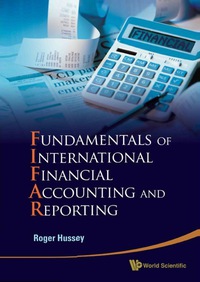Answer 2G please


2. Suppose there is a country with one household who cares only about consumption of a final good (cheese) and leisure. The household has h = 36 units of time which can be split between leisure and working in the cheese factory. The household receives a real wage equal to w for each unit of time it works in the cheese factory. The household receives dividends from its ownership of a firm equal to . The household's preferences over consumption of cheese and leisure is given by the following utility function: (C, 4) = ln(C) + BC, where C > 0 denotes household consumption of cheese, 0 0 is a parameter. We will treat B as a parameter through most of this question. (This utility function violates one of our restrictions but we will use it anyway because it is a good form for computational purposes.) There is a single firm which produces cheese. The firm uses household labour and a fixed amount of capital (cows, milking machines, thermometer, cheese press, etc.) equal to K = 100 to produce cheese. The production function for producing cheese is given by Y = 2 (N") 0-5 (K)05 We will treat z as a parameter throughout this question. (2.A.) (15 points) Derive the household's labour supply function, N$(w, II; B). Determine whether that function is decreasing in, increasing in, or independent of w and provide economic intuition for the direction of this relationship. (2.B.) (10 points) Derive the firm's labour demand function, N(w, z), (let us suppress the K argument of the labour demand function). Determine whether that function is decreasing in, increasing in, or independent of w and whether that function is decreasing in, increasing in, or independent of 2 and provide economic intuition for the directions of these relationships. (2.C.) (8 points) Use the firm's labour demand function to determine the firm's cheese supply function, y$(w,2). Use this and the firm's labour demand function to determine the firm's dividend (or profit) function, w,2). (2.D.) (10 points) Substitute the firm's dividend function into the household's labour supply function to derive labour supply as a function of w, z, and B, NSW, z; B). Then set labour supply equal to labour demand so that the labour market clears (NS(w,z; B) = Nw,z)), to solve for the equilibrium real wage as a function of z and B, w*(z;8). Determine whether the equilibrium real wage is decreasing in, increasing in, or independent of z and provide economic intuition for this relationship. (2.E.) (15 points) By substituting the equilibrium real wage function into the labour demand function, derive equilibrium labour input as a function of z and B, N* (2:3). Determine whether equilibrium labour input is decreasing in, increasing in, or independent of z. Draw a schematic Labour Supply Diagram when 3 = 0.05 to depict what happens to the equilibrium real wage and equilibrium labour input in this example when there is a shock that causes z to increase. (2.F.) (13 points) By substituting the equilibrium real wage function into the firm's cheese supply function, derive equilibrium output of cheese as a function of z and B, Y* (z; B). Use this and your answer to (2.E.) to determine equilibrium labour productivity measured as LP* 2;) = N-13:57 Use this and your answers to (2.D.) and (2.E.) to determine the qualitative effect on the equilibrium real wage and labour productivity when 8 increases. Explain the economic intuition behind these effects. Y" (2:0) (2.G.) (14 points) Draw a schematic PPF-Household Diagram to depict the qualitative effects of an increase in B on the equilibrium real wage, hours worked, leisure, and output. (2.H.) (5 points) Briefly explain how our study of what happens to economic aggregates in this example economy when B increases is related to discussion in the podcast that we discussed in class, Today Explained by Voz, September 2, 2021, The Four-Day Workweek








